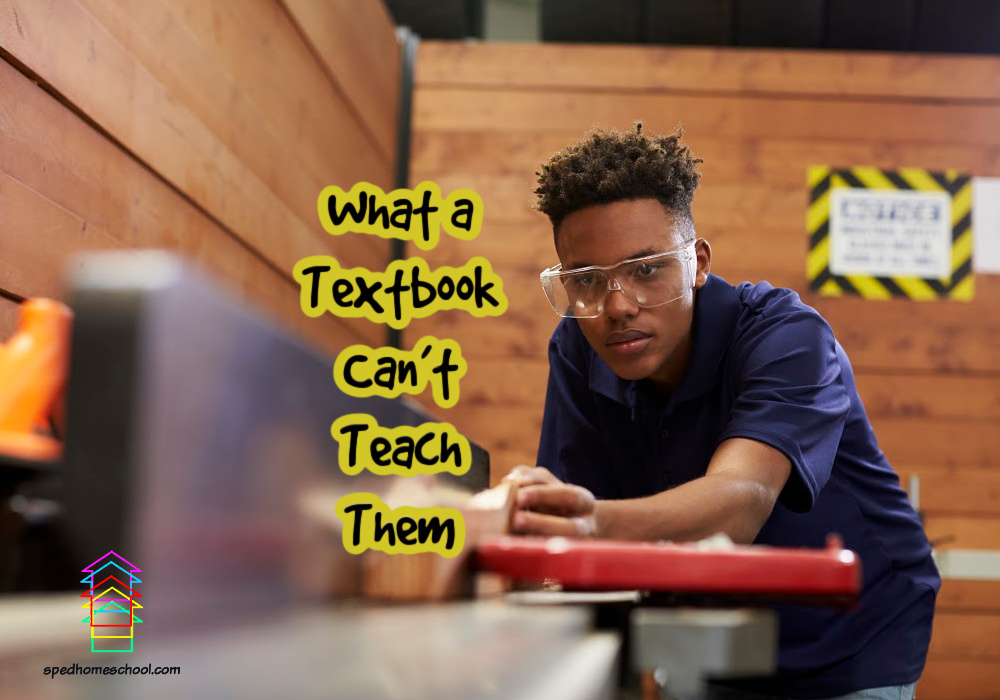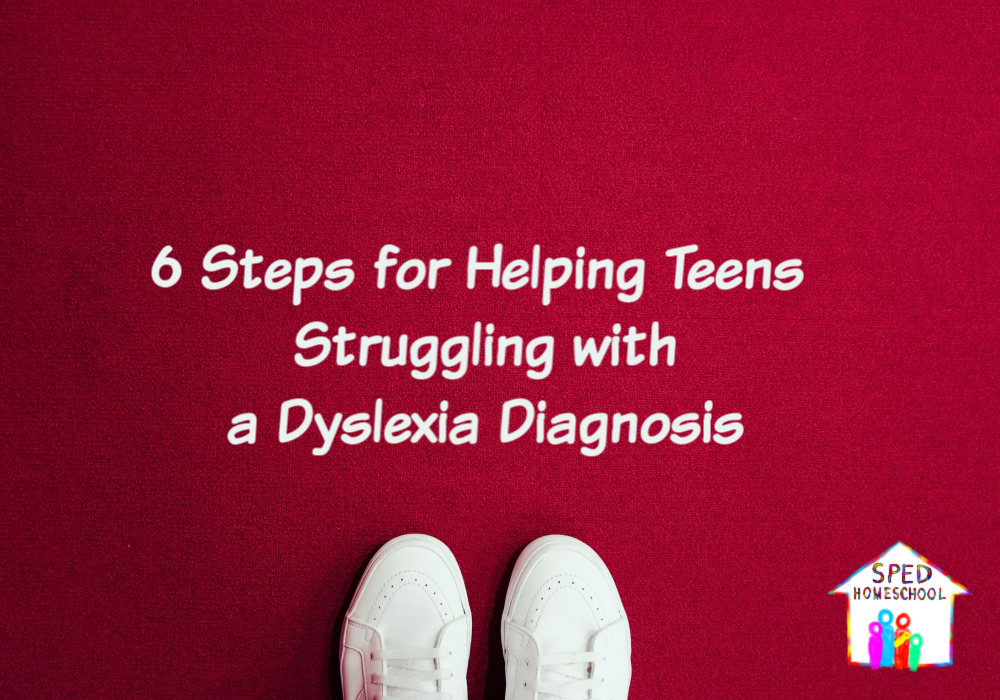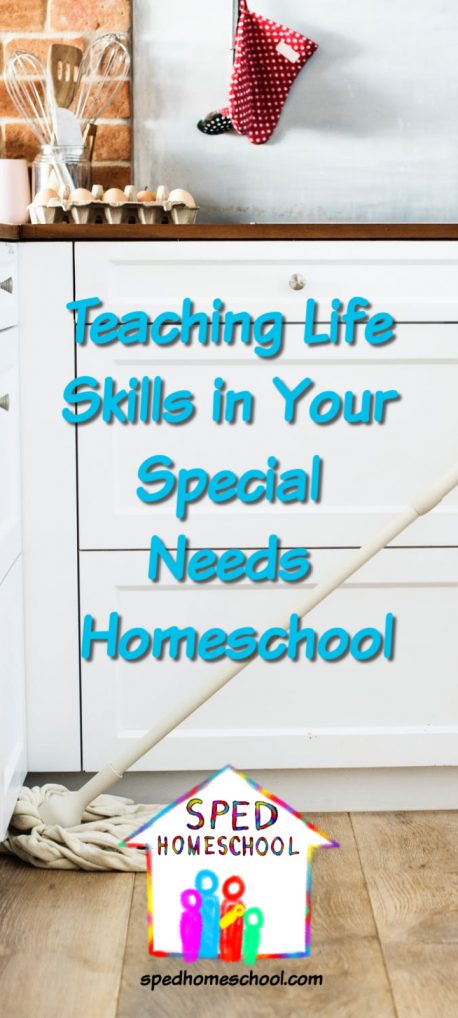
by Bev Parrish, SPED Homeschool partner Learn Your Way
Understanding and celebrating diversity are more popular than ever in our culture. We often do not talk about the need for diversifying education both in public school and homeschool. A one-size-fits-all approach can even find its way into our homeschool. Not every student is well-suited to the usual course of study.
That opens the door to the benefits of volunteering, internships, and apprenticeships. They can all accomplish similar goals. So can a job! They just achieve them in slightly different ways.
Volunteering can be as simple as actively looking for opportunities to help others – at church, in your neighborhood, or among family and friends – all without pay. It can be more formal with a set time and place where someone relies on your student to get something done.
Internships typically take place in a field of interest where someone may already have a bit of knowledge. This usually relates to college students during the summer, and often there are already arrangements in place between businesses and the university to hire these students upon graduation. It allows both parties to get to know one another before taking the plunge of a formal offer of employment.
Apprenticeships are typically a time of training and working alongside a skilled craftsperson to gain hands-on knowledge and real-world experience with a particular field. We often think of this for plumbers or electricians, but medical students act in an apprenticeship capacity under a qualified physician while completing their formal training. It is simply a case of a mature professional passing along their expertise with intention in an orderly and structured manner. Internships and apprenticeships also usually involve a paycheck!
All three options can be great choices instead of or alongside typical educational pursuits. The bottom line is that they provide real-life experiences in a somewhat protected environment while the student fully masters their tasks. This equips our children to succeed with confidence and competence. The benefits of these types of arrangements are many.
- All the above options bring real-world experiences that use what you have been teaching your kids! It is incredible how some students respond to seeing the practical value of what you have taught them. Their personal motivation to master the subject matter can speed up the learning process in ways a lecture, a textbook, or endless practice with a worksheet could never accomplish. I remember one son who couldn’t master percentages, that was until he faced several angry customers at his job where he had not properly computed their discount for a sale item. When faced with the thought of the consequences of his ignorance, that child learned percentages practically overnight!
- Exposure to other adults who may bring valuable skills, attitudes, and knowledge that you are otherwise unable to provide is another benefit. It could be the same skills you have been teaching, but sometimes our students need a fresh face and a fresh voice (not to mention their own reputation at stake).
- Future job opportunities can be another benefit. News travels quickly about young men and women with an excellent work ethic and good character, much faster than knowledge of their GPA!
- These experiences provide substantive, unique content for their transcript. Do investigate the laws in your state. Many allow homeschool parents to determine the required course of study for high school. This gives you great freedom to tailor an individualized education for your child and give your student academic credit for time spent volunteering or working in some capacity. Think about the things they are actually learning and how to turn that into academic credits. For example, our son, who volunteered at the 1940 Air Terminal Museum in Houston for over 300 hours during his high school years, received multiple credits on his transcript. We gave him credit for public speaking (conducting tours), aviation history, aviation science (engine repair, electronics, how planes fly), and PE (there were lots of planes to move from one hangar to another). We indicated that he had logged all those volunteer hours. If your state law is not so generous, you can find ways to legitimately fit the things they learned into traditional course names. Document what they learn, even if it didn’t come from a textbook or lecture.
- These options provide an excellent opportunity for a small step to independence within the safety net of your family. Navigating the adult world of work with ready guidance available from parents is invaluable. Other adults will be either affirming or correcting your teen’s work habits, attitudes, personality quirks, and appearance. If their feelings get hurt, you can evaluate, make any needed corrections, bandage them up and send them out again, better equipped for adulthood!
In our homeschool, we required volunteer work from all our kids. Most of them also held jobs during the summers. When our oldest applied to attend the United States Merchant Marine Academy, a federal academy requiring a rigorous application process, including a Congressional nomination, our local Congressman nominated Ben precisely because of his volunteer hours and work history.
Don’t be afraid to get outside the box. Give yourself permission to honestly assess your student, their needs, and the most effective, efficient way to meet them. Consider something different from what everyone else’s student is doing. I will warn you in advance that this road can be lonely for parents. It can also be the very best choice for your child.
Did you know that if every person who visited our website donated one dollar we would be completely funded?
Help us reach our funding goal – Donate Today















